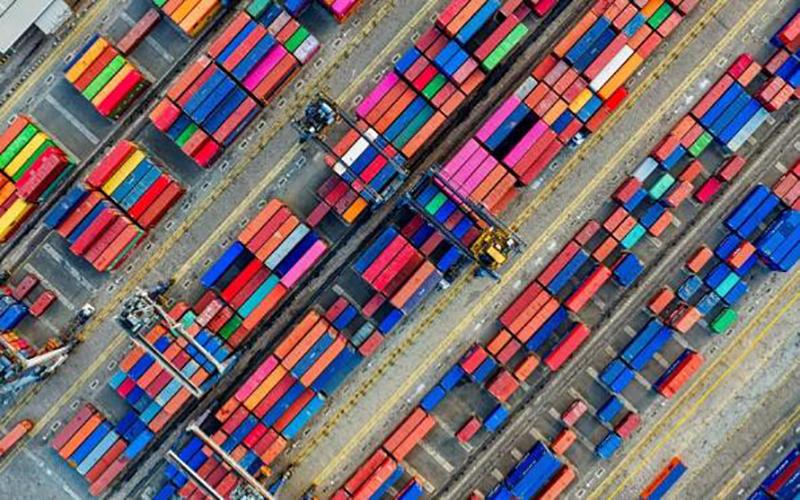In recent months, the growing tension in the Red Sea has led many international shipping companies to adjust their route strategies, choosing to abandon the riskier Red Sea route and instead choose to go around the Cape of Good Hope in the southwestern tip of the African continent. This shift is undoubtedly an unexpected business opportunity for South Africa, an important country along the African route.
However, just as with every opportunity comes a challenge, South Africa faces unprecedented challenges as it embraces this opportunity. With the dramatic increase in the number of ships, the already existing capacity problems at ports along the South African route have become even more serious. The lack of facilities and service levels makes South African ports unable to cope with the large number of vessels, and the capacity is seriously insufficient and the efficiency is greatly reduced.
Despite improvements in container throughput at South Africa’s main gateway, adverse factors such as crane failures and bad weather are still contributing to delays at South African ports. These problems not only affect the normal operation of South African ports, but also bring no small trouble to the international shipping enterprises that choose to circumnavigate the Cape of Good Hope.
Maersk has issued an alert detailing the latest delays at various ports in South Africa and a series of measures being taken to mitigate service delays.
According to the announcement, the waiting time at Durban Pier 1 has worsened from 2-3 days to 5 days. To make matters worse, Durban’s DCT Terminal 2 is far less productive than expected, with vessels waiting 22-28 days. In addition, Maersk also warned that the port of Cape Town has also been hit by a small loss, its terminals due to high winds, there are up to five days of delays.
In the face of this challenging situation, Maersk has promised customers that it will minimize delays through a series of service network adjustments and emergency measures. These include optimizing cargo transport routes, adjusting export loading plans, and improving ship speeds. Maersk said ships departing from South Africa would sail at full speed to make up for time lost due to delays and to ensure cargoes could reach their destinations on time.
Faced with a sharp increase in shipping demand, South African ports are experiencing unprecedented congestion. As early as late November, the congestion crisis in South Africa’s ports was evident, with staggering waiting times for ships to enter the major ports: an average of 32 hours to enter Port Elizabeth in the Eastern Cape, while the ports of Nkula and Durban took a lengthy 215 and 227 hours respectively. The situation has resulted in a backlog of more than 100,000 containers outside South African ports, putting enormous pressure on the international shipping industry.
South Africa’s logistics crisis has been growing for years, largely due to a chronic lack of government investment in supply chain infrastructure. This leaves South Africa’s port, rail and road systems vulnerable to disruption and unable to cope with sudden increases in shipping demand.
The latest figures show that for the week ending March 15, the South African Freight Forwarders Association (SAAFF) reported a significant increase in the number of containers handled by the port on average to 8,838 per day, a significant increase from 7,755 the previous week. State-owned port operator Transnet also reported in its February figures that container handling was up 23 per cent from January and up 26 per cent year on year.
Post time: Mar-28-2024


